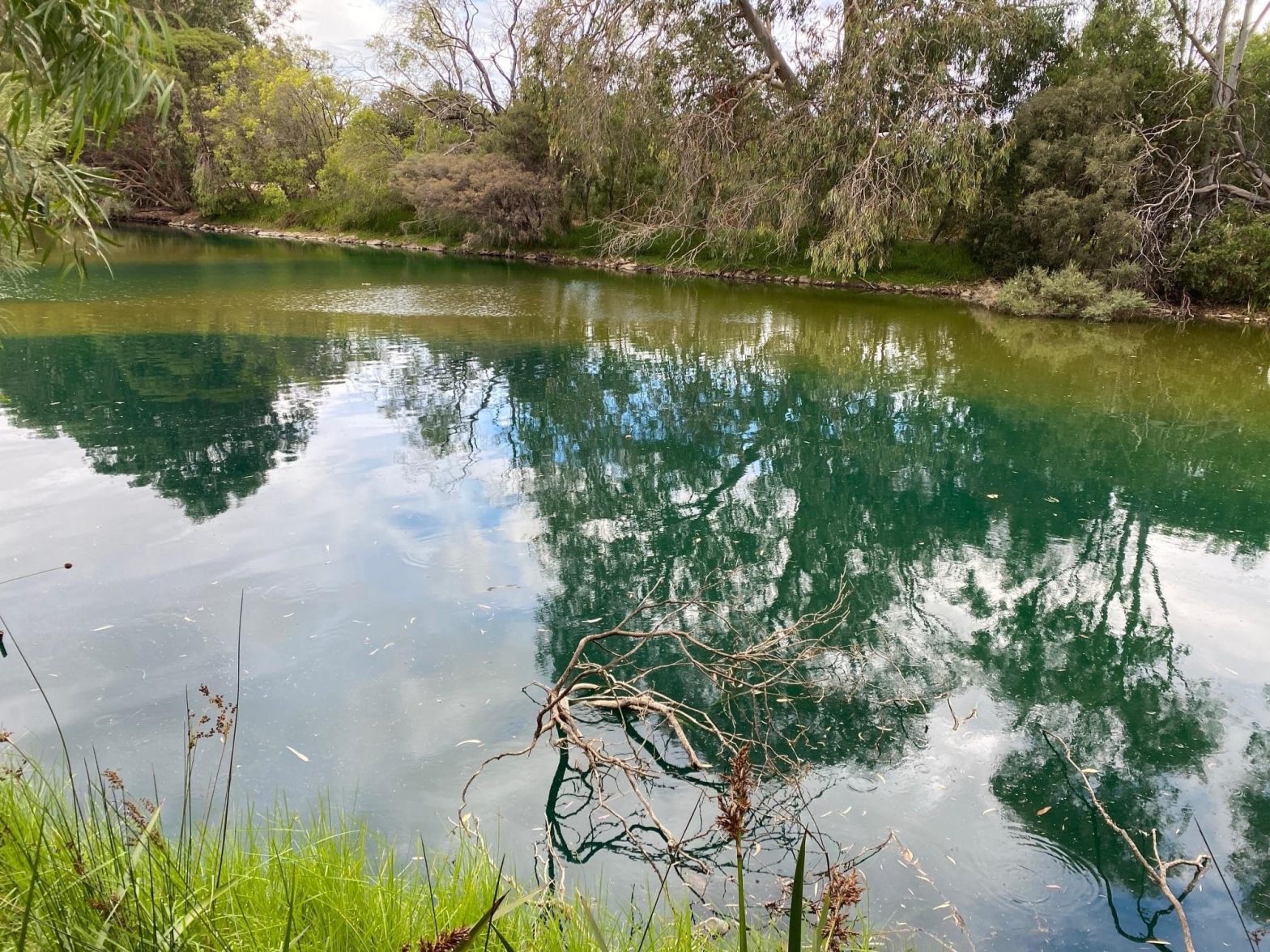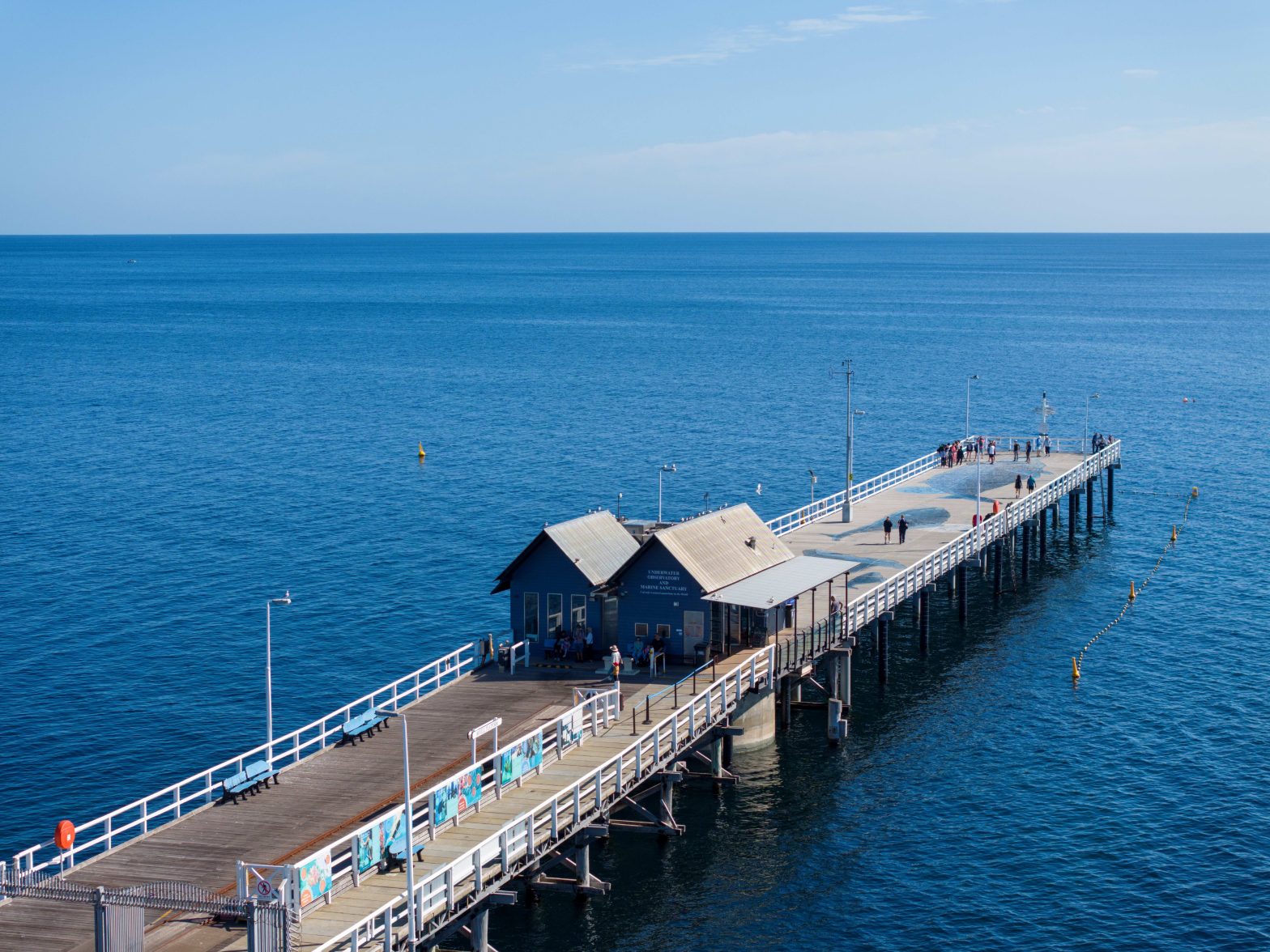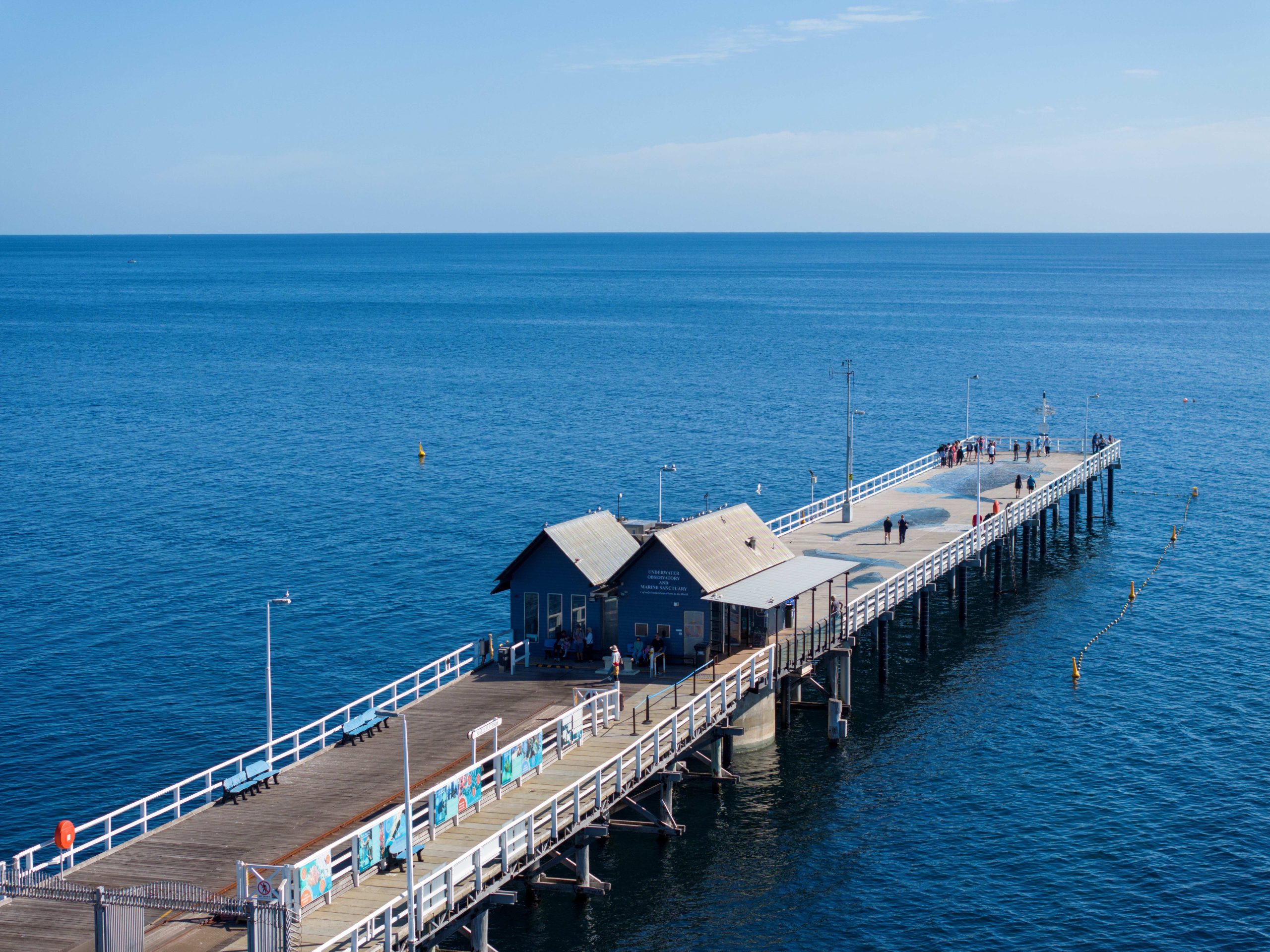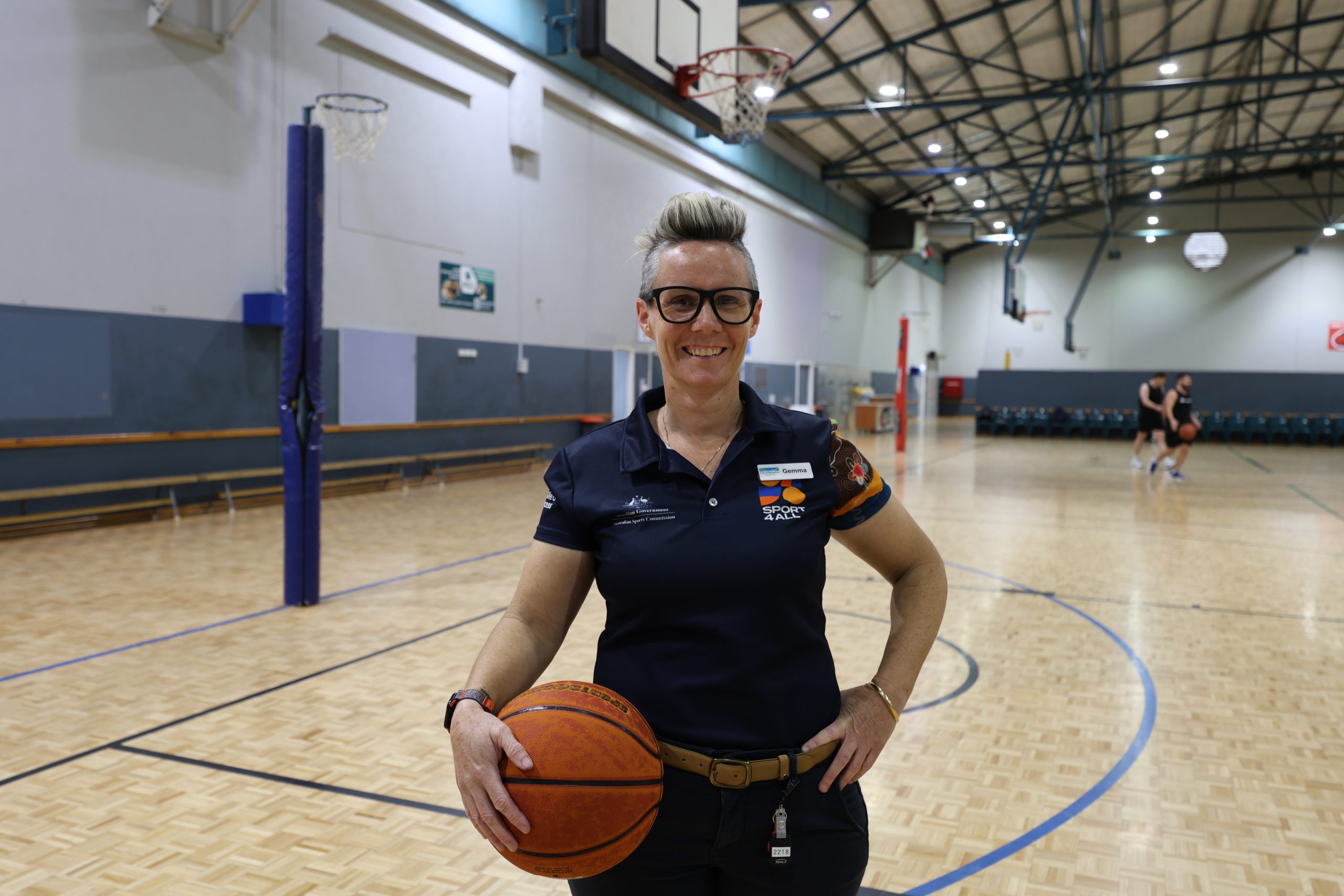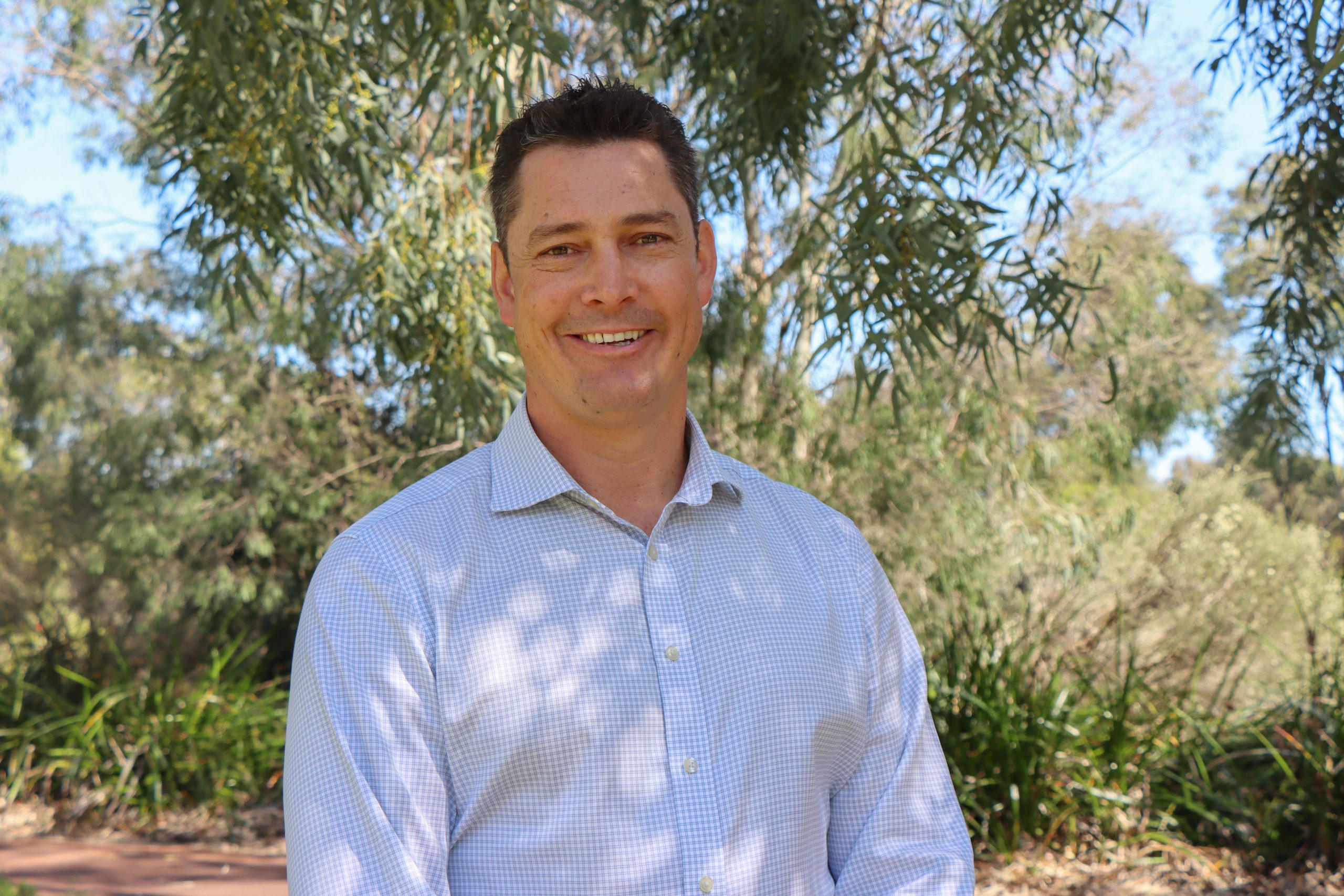'Insufficient evidence': Vasse River dumping investigation closed
The Department of Water and Environmental Regulation has closed an investigation into the dumping of a blue substance into the Lower Vasse River.
The dumping was reported in March, after the City of Busselton recieved details of a person tipping the blue substance into the river below the Causeway Bridge.
While there is still no word on exactly what the substance was, the department suspects it was a dye compound.
The substance caused the river to turn blue upstream and downstream of the Strelly Street Bridge and downstream of the Causeway Bridge.
Water quality loggers in the Lower Vasse River downstream of the Causeway Bridge showed an initial decline in dissolved oxygen to critical levels the night after the incident, recovering the next morning.
“We are fortunate that low dissolved oxygen levels improved the following day as prolonged periods of low oxygen can cause fish kills,” DWER Executive Director Science and Planning Jason Moynihan said.
Read More: Illegal Dumping in Lower Vasse River
The investigation has now closed, as the DWER stated there is insufficient evidence to continue. Information gathered during the investigation suggested that the incident may have been an unauthorised attempt to combat blue-green algae in the river.
“Reducing algal blooms and improving water quality in the Lower Vasse River is a major challenge and one that is receiving considerable investment and effort from the Vasse Taskforce, the City of Busselton and partners,” Mr Moynihan said.
“Dumping substances into the river without the necessary approvals, monitoring or risk assessment poses a serious risk to wildlife and ecosystems.”
Phytoplankton sampling undertaken in the days and weeks after the incident showed the substance had no impact on phytoplankton cells and was ineffective at reducing algal blooms.
The City of Busselton is continuing dredging works in an effort to remove nutrient-rich sediment thought to be responsible for the algal blooms. Stage one of the project, completed in May 2022, saw 630 tonnes removed, while the results of the ongoing stage two will be presented to council in April of 2024.
If new information becomes available, the department will review it to determine whether any action is appropriate.

